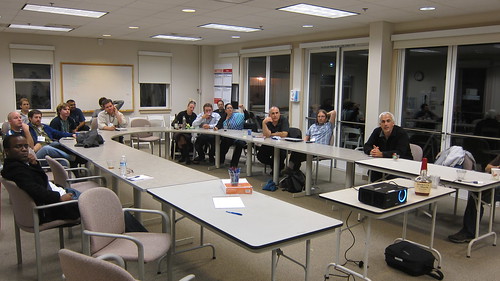
People are seeing that native app platforms have some feature and are then asking for the exact same feature for the web. Instead they should be asking about the job to be done and the benefits users or developers see from a given feature. For example app stores :
- give an obvious place to find apps that have particular functionality (try searching for "games that don't need wifi" in the Play Store).
- give developers an obvious place to find large numbers of users.
- give developers a structured mechanism for exposing the features of their app so that users can filter the set of available apps for apps that have those features.
- give users an obvious place to review apps.
- give developers an obvious place to accrue reputation for their apps.
- give platform vendors a place to assert policies that drive developer behaviour.
- give every app on a platform a canonical URL ( for example here are iOS and Android URLs for the same game).
It's easy to forget that app stores emerged as a response to the difficulties of dealing with carriers to get your content 'on deck', getting your apps preinstalled and the extremely closed nature of that ecosystem. However that's not the job to be done on today's web. Instead what we need is:Do you remember how painful native mobile apps were (for users and developers) before the popularity of app stores?— Adewale Oshineye (@ade_oshineye) June 27, 2016
- a plurality of voices and projects pushing the web forwards.
- a mechanism where submitting a PWA is as easy as providing a URL therefore anyone can do it.
- a mechanism where web sites and web apps don't have to provide anything proprietary in order to have a chance of being featured.
- to build upon the lessons learned from Mozilla's Firefox Marketplace and Chrome's Web Store.
- something that feels like it's part of the hypertextual web of links rather than a poor copy of native app stores.
All curation grows until it requires search. All search grows until it requires curation.— Benedict Evans (@BenedictEvans) December 18, 2015
